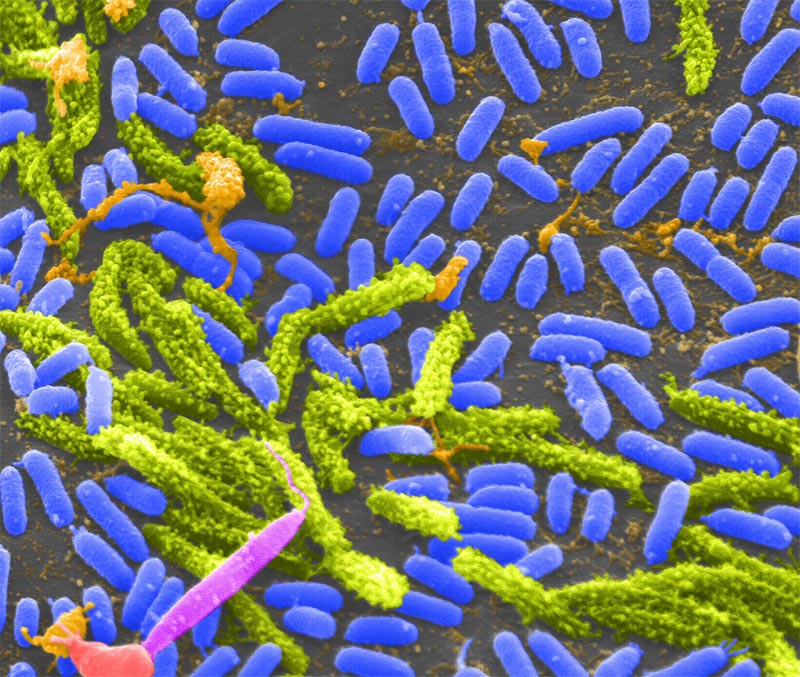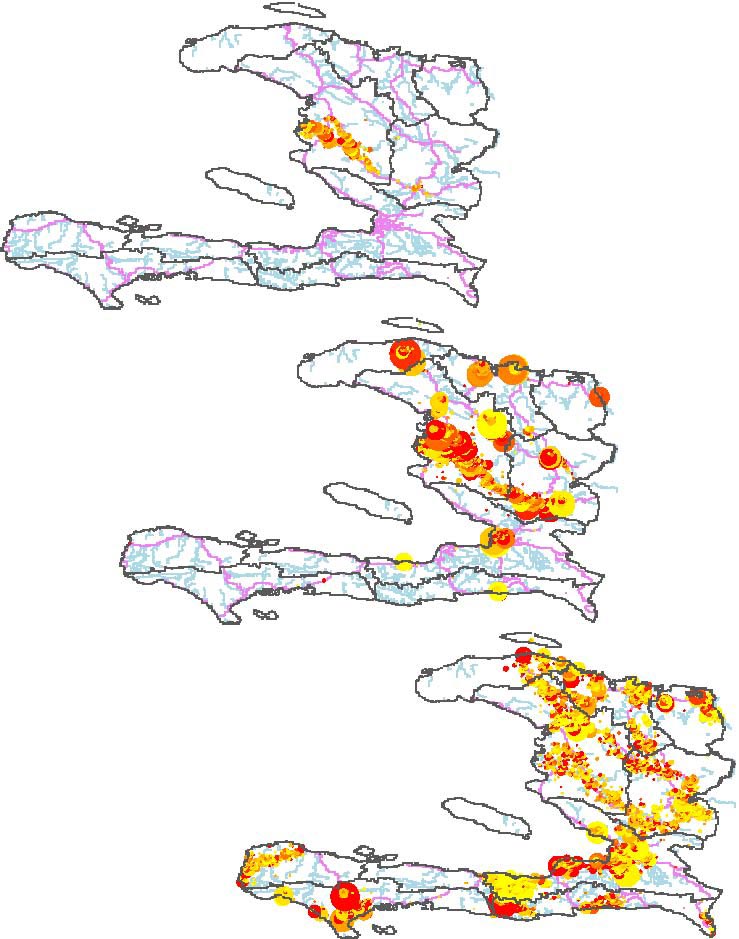The Quake That Brought Back Cholera

The earthquake that hit Haiti in 2010 left millions of people homeless, injured or dead. But the damage didn't stop there: The quake also brought back an infectious disease the country hadn't seen break out for a century.
Something in the Water
Caused by rod-shaped bacteria called Vibrio cholerae that thrive in unsanitary water, cholera is not usually a problem in developed countries. But urban slums, refugee camps and cities lacking good infrastructure are hotspots for the disease, according to the World Health Organization (WHO). With wrecked water treatment systems and crowded conditions, post-earthquake Haiti was vulnerable.
When ingested, cholera bacteria latch onto cells in the human digestive tract and cause vomiting, diarrhea and potentially fatal dehydration. Once bodily fluids from infected people leach back into groundwater or drinking supplies, a few cases of cholera can quickly escalate into an outbreak. The United Nations reported that more than 4,500 people in Haiti died from cholera infections in the wake of the earthquake.
National Institutes of Health-supported scientists are working to help avoid outbreaks like Haiti's in the future by studying how cholera spreads and designing tactics to test for it. New tools like water contaminant sensors and computer models are better equipping scientists, policymakers and public health workers so they can contain infectious diseases after disasters strike.
Testing for Toxins
To control cholera outbreaks, it helps to know which water sources are contaminated. J. Manuel Perez, a chemist at the University of Central Florida, devised a technique to test water for cholera bacteria. He and his colleagues created a sensor with microscopic particles of iron oxide and a sugary coating.
Get the world’s most fascinating discoveries delivered straight to your inbox.
The sugar they used, called dextran, has a structure very similar to the molecule that cholera normally locks onto in the body — so the bacteria easily mistake the sugar for their usual landing spots. By measuring the amount of bacteria bound to their sugar, Perez's team can gauge the risk of people catching cholera from a given water supply.
Perez's technique is quick and inexpensive. It doesn't need refrigeration or bulky equipment, so it can be used in the field soon after a natural disaster.
Virtual Vaccination Models
Doctors normally treat cholera with rehydration salts or antibiotics. There are also preventative measures, such as an oral vaccine that gives short-term protection to people who might be exposed to cholera. With two inexpensive versions available, the vaccine is a promising solution — but only if relief workers distribute it quickly to the people at highest risk.
Using computers, researchers can now model the patterns that cholera infections tend to follow. Ira Longini, a biostatistician at the Fred Hutchinson Cancer Research Center in Seattle, Wash., develops computer models to test how different vaccination strategies work in virtual communities before they get put into practice in real ones.
Longini and his colleagues found that mortality rates could be cut in half after a cholera outbreak — like the one in Haiti — by vaccinating 50 percent to 70 percent of the people in high-risk areas. They concluded that rather than vaccinating a wide, random sample of the population, it would be better to target smaller, at-risk enclaves.
The next step, Longini's team suggests, is to develop a global plan for stockpiling and using the vaccine.
Learn more:




